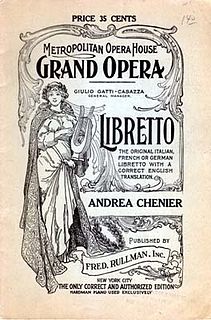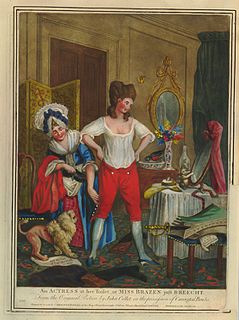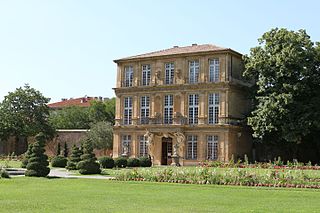
Don César de Bazan is an opéra comique in four acts by Jules Massenet to a French libretto by Adolphe d'Ennery, Philippe-François Pinel "Dumanoir" and Jules Chantepie, based on the drama Ruy Blas by Victor Hugo. It was first performed at the Opéra-Comique in Paris on 30 November 1872.

Le mage is an opera in five acts by Jules Massenet to a French libretto by Jean Richepin. It was first performed at the Paris Opéra in Paris on 16 March 1891 in costumes by Charles Bianchini and sets by Auguste Alfred Rubé, Philippe Chaperon and Marcel Jambon, Amable and Eugène Gardy, Alfred Lemeunier, and Jean-Baptiste Lavastre and Eugène Carpezat.

Le portrait de Manon is an opéra comique in one act by Jules Massenet to a French libretto by Georges Boyer. It is related to Massenet's 1884 opera Manon, widely regarded to be his masterpiece. However Le portrait de Manon is rarely performed today.

L'étoile du nord is an opéra comique in three acts by Giacomo Meyerbeer. The French-language libretto was by Eugène Scribe. The work had its first performance at the Opéra-Comique, Paris, on 16 February 1854.
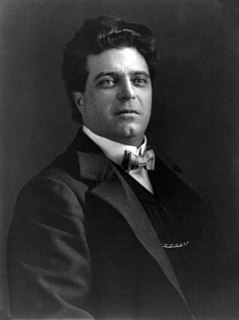
Guglielmo Ratcliff is a tragic opera in four acts by Pietro Mascagni to an Italian libretto by Andrea Maffei, translated from the German play Wilhelm Ratcliff (1822) by Heinrich Heine. Mascagni had substantially finished the composition of Ratcliff before the phenomenal success of his first opera, Cavalleria rusticana.

Chérubin is an opera in three acts by Jules Massenet to a French libretto by Francis de Croisset and Henri Cain after de Croisset's play of the same name. It was first performed at the Opéra de Monte-Carlo on 14 February 1905, with Mary Garden in the title role.

La vie parisienne is an opéra bouffe, or operetta, composed by Jacques Offenbach, with a libretto by Henri Meilhac and Ludovic Halévy.

Der Wildschütz oder Die Stimme der Natur is a German Komische Oper, or comic opera, in three acts by Albert Lortzing from a libretto by the composer adapted from the comedy Der Rehbock, oder Die schuldlosen Schuldbewussten by August von Kotzebue. It had its premiere at the Stadttheater in Leipzig on 31 December 1842.

Haydée, ou Le secret is an opéra comique by the French composer Daniel Auber, first performed by the Théâtre Royal de l'Opéra-Comique at the Salle Favart in Paris on 28 December 1847. The libretto is by Auber's regular collaborator, Eugène Scribe and is based on a short story by Prosper Mérimée, La Partie de trictrac (1830).

La cambiale di matrimonio is a one-act operatic farsa comica by Gioachino Rossini to a libretto by Gaetano Rossi. The libretto was based on the play by Camillo Federici (1791) and a previous libretto by Giuseppe Checcherini for Carlo Coccia's 1807 opera, Il matrimonio per lettera di cambio. The opera debuted on 3 November 1810 at the Teatro San Moisè in Venice. It had a run of thirteen performances at Teatro San Moisè.

Saffo is an opera in three acts by Giovanni Pacini set to a libretto by Salvadore Cammarano, which was based on a play by Franz Grillparzer, after the legend of the ancient Greek poet Sappho.

Le pré aux clercs is an opéra comique in three acts by Ferdinand Hérold with a libretto by François-Antoine-Eugène de Planard based on Prosper Mérimée's Chronique du temps de Charles IX of 1829.

Callirhoé is an opera by the French composer André Cardinal Destouches. It takes the form of a tragédie en musique in a prologue and five acts. The libretto, by Pierre-Charles Roy, is based on a story from The Description of Greece by Pausanias. The opera was first performed on December 27, 1712, by the Académie royale de musique at the Théâtre du Palais-Royal in Paris. Destouches reworked the score for a revival on 22 October, 1743. This version ends abruptly with the death of Corésus.

Una cosa rara, ossia Bellezza ed onestà is an opera by the composer Vicente Martín y Soler. It takes the form of a dramma giocoso in two acts. The libretto, by Lorenzo Da Ponte, is based on the play La luna de la sierra by Luis Vélez de Guevara. The opera was first performed at the Burgtheater, Vienna, on 17 November 1786. It was a huge success and was shown 78 times. Mozart quotes a melody from this opera, "O quanto un sì bel giubilo", towards the end of Don Giovanni.

Tigrane, o vero L'egual impegno d'amore e di fede is an opera seria in three acts by the Italian composer Alessandro Scarlatti with a libretto by Domenico Lalli. It was first performed at the Teatro San Bartolomeo, Naples on 16 February 1715. It is regarded as one of Scarlatti's finest operas. As well as the serious main plot, there are also comic scenes involving the servants Dorilla and Orcone.
Jacqueline Brumaire was a French operatic soprano and later teacher.
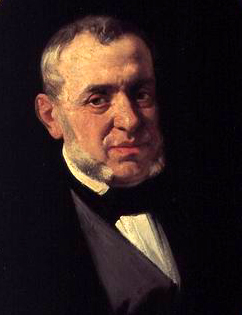
Virginia is an opera, a tragedia lirica, in three acts by composer Saverio Mercadante. The Italian libretto by Salvadore Cammarano is based on Vittorio Alfieri's tragedy of the same name. Alfieri's play was in turn taken from a story in Livy's Ab Urbe condita. Although initially written for performance in 1850 at the Teatro di San Carlo in Naples, the subject matter of Mercadante's opera was objected to by the Bourbon government censors and performance was banned outright. That decision was widely ridiculed, not just in Italy, but throughout Europe. After the fall of the Kingdom of the Two Sicilies in 1861, the ban on the opera no longer existed.

L'amour masqué is a comédie musicale in three acts with music by André Messager and a French libretto by Sacha Guitry, based on the work by Ivan Caryll. It was originally to be called J'ai deux amants – the title of a song for Elle in act 1. Messager's orchestration, on a smaller-scale than usual, was necessitated by the size of the pit at the Théâtre Édouard VII, and modelled on the pit bands which played for silent films of the time.

Fosca is an opera seria in four acts by Brazilian composer Antônio Carlos Gomes to an Italian-language libretto by Antonio Ghislanzoni based on Luigi Capranica's 1869 novel La festa delle Marie.

Caritea, regina di Spagna, ossia La morte di Don Alfonso re di Portogallo, is an opera in two acts by Saverio Mercadante, with a libretto by Paolo Pola. It was premiered at Teatro La Fenice in Venice on 21 February 1826.

